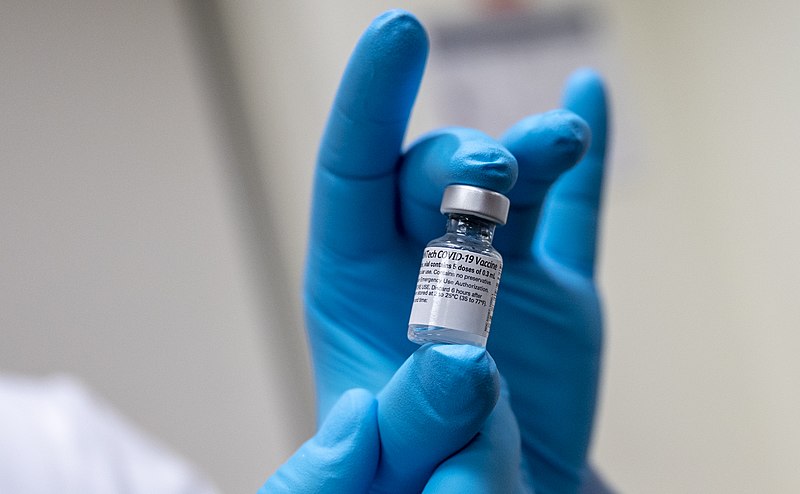Public health institutions worldwide are preparing for a potential resurgence of COVID-19 following the World Health Organization’s (WHO) designation of JN.1 as a “variant of interest” on Tuesday, 19 December.
Initially identified in the United States in September, the variant has since proliferated across 41 countries. In early November, the JN.1 variant comprised approximately three percent of all global coronavirus cases, but a month later, in December, it escalated to 27.1 percent.
WHO anticipates that the emergence of JN.1 may contribute to a rise in COVID-19 cases, particularly in countries experiencing winter conditions.
What is the JN.1 Variant?
The latest coronavirus variant, JN.1, has evolved from its predecessor, BA 2.86, which is part of the lineage originating from the more severe ‘Omicron’ variant that peaked last year.
Each variant possesses unique ‘spike proteins’ crucial for infecting cells and causing specific symptoms. Changes, or ‘mutations’, in these spike protein DNA sequences indicate the emergence of a new viral ‘variant’.
Variants may vary in terms of severity, transmissibility, and response to symptom treatments. The new variant, JN.1, demonstrates increased genetic divergence from its predecessors, reflecting the ongoing evolution of the virus.
BA 2.86, with 20 mutations in its spike protein, precedes JN.1, which has 21 mutations. The additional mutation in JN.1, identified as L455S by the Centers for Disease Control and Prevention (CDC) in the United States, is suggested to potentially aid the virus in evading immune system responses.
Where is it spreading?
Several other countries, including France, Singapore, Canada, the United Kingdom, Sweden, and China – which reported seven cases last week – have reported a notable number of JN.1 cases, according to WHO.
In early December, JN.1 was detected in the Indian state of Kerala, where a 79-year-old female patient experienced mild, influenza-like symptoms and has since recovered. On Monday, 18 December, the health minister of the neighboring Karnataka state mandated masks for individuals above 60 years old and those with heart or breathing issues. India has reported a total of 21 cases of the JN.1 virus so far.
As of now, there have been no reported cases of the Omicron coronavirus subvariant, JN.1, in Egypt, according to Mohamed Awad Tag Al-din, the presidential adviser for health affairs. In a television statement on Sunday, 24 December, Tag El-Din emphasized that while the variant, initially identified in the US and currently present in other countries, has not surfaced in Egypt, there remains a possibility for its introduction into the country.
Should the world be worried?
WHO indicated that the current risk of the JN.1 variant in terms of severity is assessed as low, and this evaluation will be updated as necessary. However, its growth advantage has been classified as “high” due to the increasing number of cases in recent weeks.
WHO also highlighted that, with the onset of winter in the northern hemisphere, other respiratory diseases such as influenza are also on the rise, and the transmission of JN.1 may further strain health facilities.
WHO’s technical lead for COVID-19, Maria Van Kerkhove, emphasized in a public statement that member states have been urged to closely monitor coronavirus cases and share data on samples. This collaborative effort aims to enhance the understanding of the variant’s circulation and potentially modify global recommendations based on available information.
Both WHO and the CDC reassured the world that vaccines will continue to provide protection against severe symptoms of the JN.1 variant.







Comments (0)